How to keep mice out of the house - how to tell if you have them and how to stop them from coming back
Sorry, mice. It’s time to stop playing hide and squeak
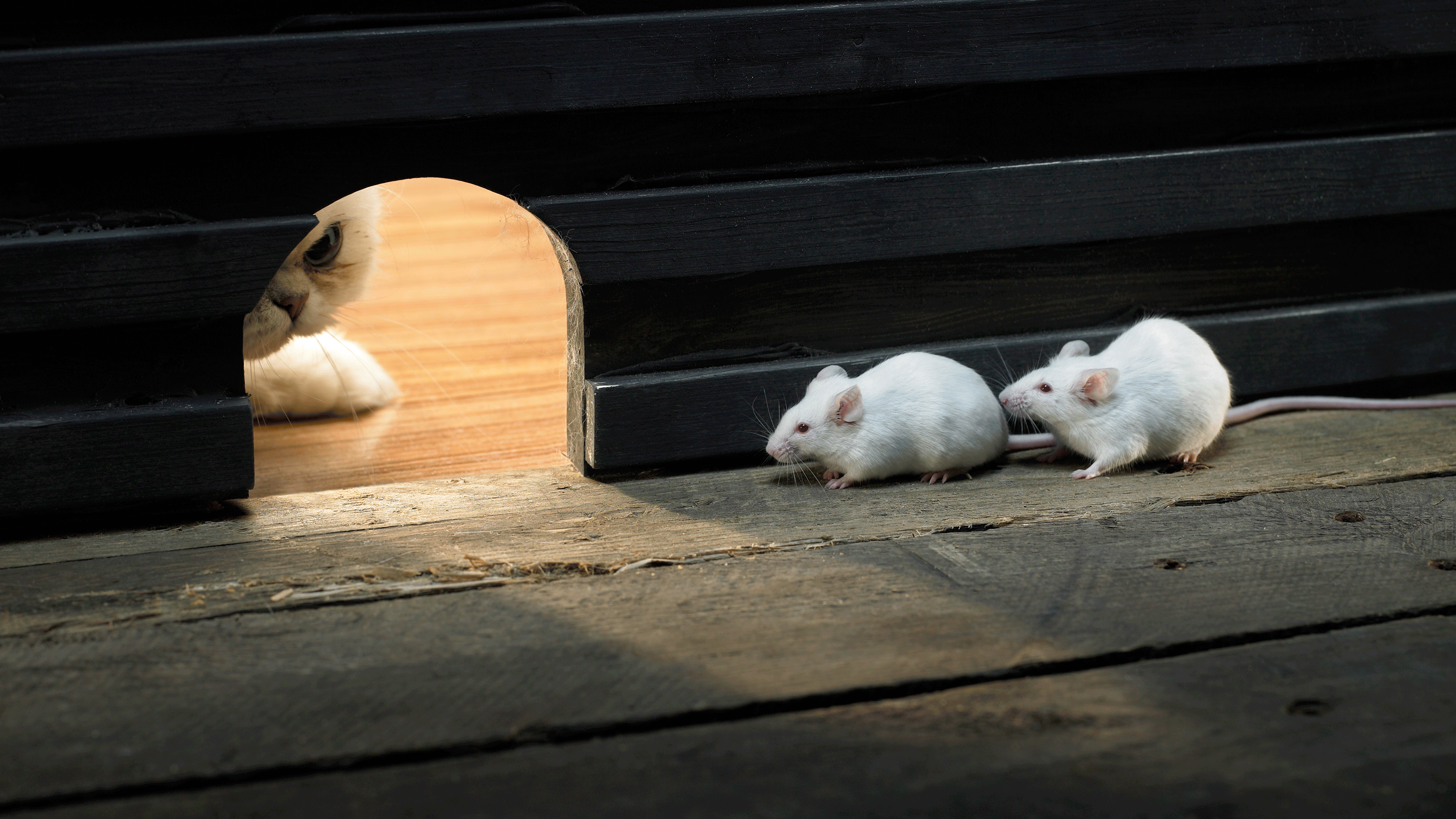

If you’re spending your day searching for how to keep mice out of the house, we’re going to assume that you’ve got a hunch… and it’s probably not a good one.
After all, there’s nothing worse than thinking you have mice in your house. These four-legged squatters will live under your roof and eat your food - and they won’t even pay rent for the privilege. And while we’re (fairly) happy to banish ants from our homes, mice are a whole different story.
These animals are small, but they are very mighty. They can fit through the smallest of gaps, they build nests where you can’t see them, and they scurry along in the middle of the night. But that doesn’t mean that you have to just put up with them.
How to keep mice out of the house
‘One of the main reasons that mice come into homes is because they’re searching for food, shelter and warmth - especially in the colder months,’ says Adam Juson, pest expert and co-founder of commercial pest control company Merlin Environmental. Thankfully, there are so many ways to keep mice out of the house.
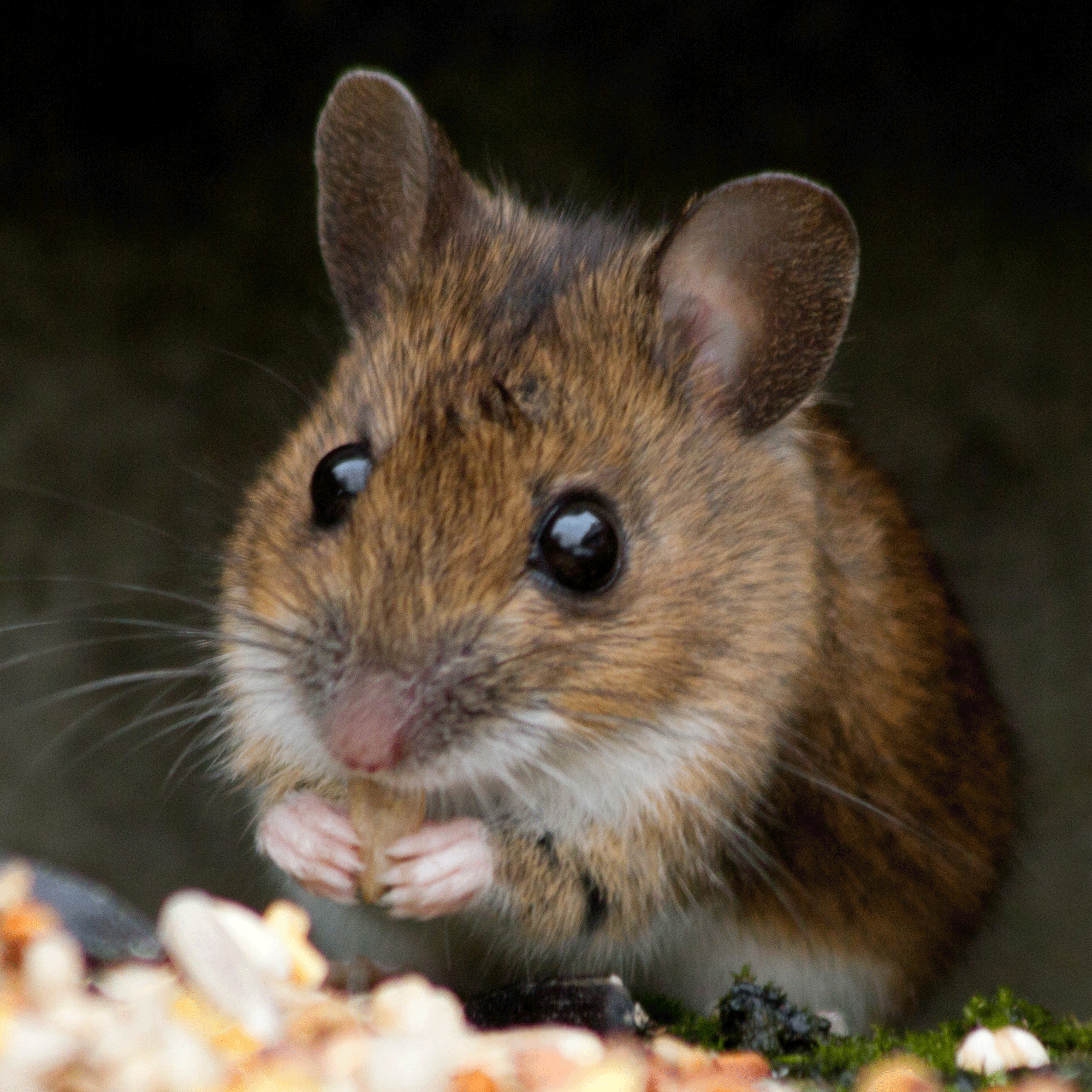
How to tell if you have mice in the house
If you want to get rid of mice in your house, you first need to be confident that you do, in fact, have mice in the first place. There are many telltale signs that you have mice in your house, and these are some of the most common.
You see mouse droppings: The most visible hint of mice in your home is the presence of mouse droppings. ‘These are small, dark and like tiny pellets,’ explains Adam. These also have the potential to spread diseases, so it’s important that you clean them up as soon as you see them.
You hear scurrying: With their little feet and their tiny claws, mice could be cute… until you hear them scurrying in your own home. You’ll normally hear this coming from ceilings, walls, and underneath the floor. And as mice are nocturnal, this pitter-patter symphony usually takes place at night.
Sign up to our newsletter for style inspiration, real homes, project and garden advice and shopping know-how
You spot gnaw marks: Mice won’t let anything get in the way of their meals, which is why a tell-tale sign that you have mice in the house is seeing gnaw marks on food packaging. But you may also spot tiny teeth prints on your wiring and furniture, too.
You find nests: Like the rest of us, mice love to be cosy, which is why they build themselves nests out of soft materials such as fabric scraps, shredded cardboard, or paper. They normally make these nests under cupboards and in attics, but you might still spot some.
How to get rid of mice already in the house
If you’ve spotted one or all of the above and you’re confident you have mice already in the house, you can then work on getting them out. However, this isn’t as easy as it sounds.
If you believe you have a large infestation, it’s always a good idea to call a professional BPCA (British Pest Control Association) certified contractor. That’s because the wrong course of action could get you in trouble, and according to the government website, you could be fined or imprisoned if you cause unnecessary harm to an animal.
If you’re fairly certain you only have the odd mouse in your house, though, there are measures you can take to remove mice in a humane way. In fact, the best way to do this is with bucket traps. These bucket traps won’t physically harm the mouse but will trap them until you’re able to set them free again. Of course, you need to be tactical with where you do this.
‘You should take them far away from your home before you release them – otherwise, the mice might return, explains Adam. He also adds, ‘The best bait to use in any mouse trap is peanut butter.’
How to keep mice out of the house
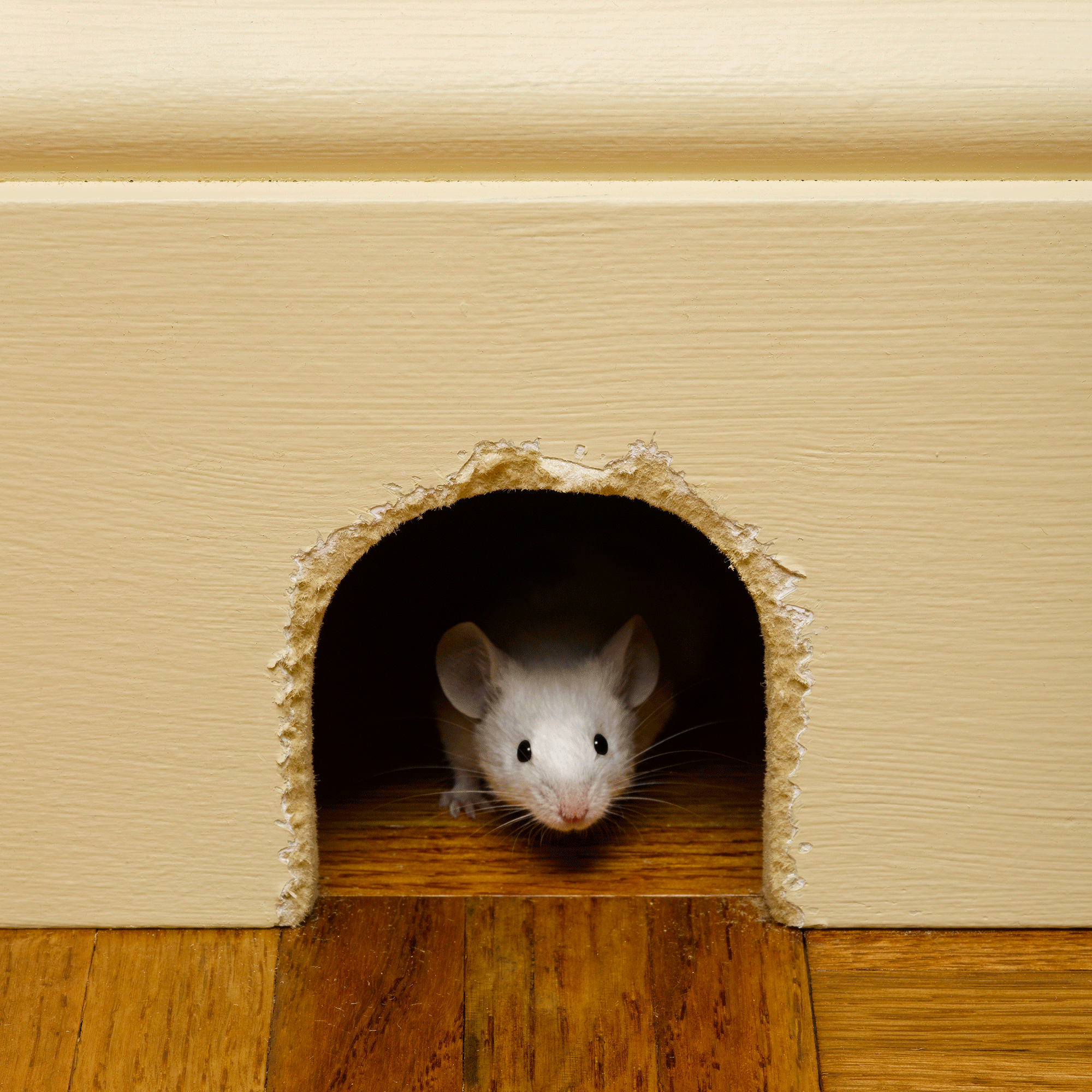
‘Pest control is not about killing pests; it’s more about preventing them from entering the building in the first instance,’ says Phil Greenstock, Senior Surveyor at Shield Pest Control. And no matter whether you’ve already had to get rid of mice in the house or you just want to prevent any future four-legged squatters from entering, there are so many things you can do to stop them from crossing that threshold.
1. Declutter
Decluttering your home is always a good idea, especially as it can make your home look much cleaner and bigger. But decluttering has an added bonus, too; it can keep mice at bay.
‘You should declutter your home to eliminate possible harbourage areas,’ says Phil. ‘Mice like to feel protected, and clutter will offer them protection.’
This clutter will also give them the perfect materials for their nests, allowing them to set up a permanent base in your home. So, by ridding your home of this clutter, you’ll make your home less desirable to any four-legged critters.
You could do this by using the 12:12:12 decluttering method, or you could opt for the tidy toss organisation method. Whatever you choose, the mice will hate it.
2. Seal entry points
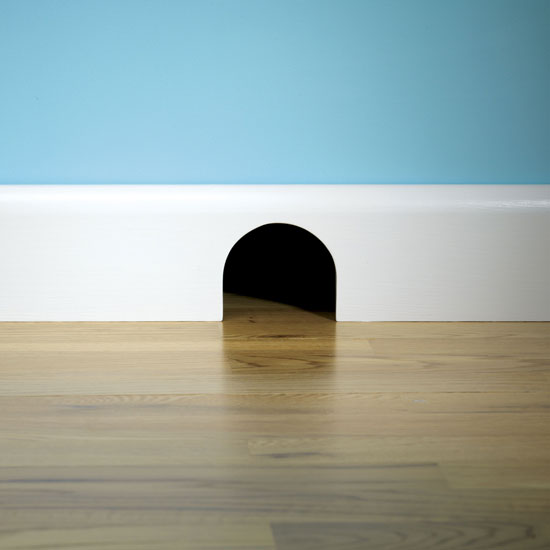
Although we’d all like to believe that our houses are solid fortresses free from draughts and holes, that just isn’t the case. Your windows, chimney, and front door alone are gateways for mice to enter your home - and that’s before we mention other nooks and crannies in exterior walls.
And one thing you might not realise is that mice can fit through the tiniest of holes. In fact, Adam Juson suggests using the pen test for holes. ‘If you can push a pen through the gap, then it means a mouse can fit through it too.’
So, you need to work on finding these entry points. Juson says, ‘Walk around the entire building perimeter, paying particular attention to drains, gaps around doors, under windowsills, airbrick holes, and gaps around cables or energy meter boxes.’
When you spot any potential entry points, you then work on sealing them. ‘Wherever you do find a gap, you can either stuff it with wire wool and caulking or affix a fine aluminium mesh sheet over the top,’ explains Adam.
Just make sure you don’t use expanding foam to seal these gaps, as a mouse could gnaw through it in just a few hours.
3. Remove all food sources
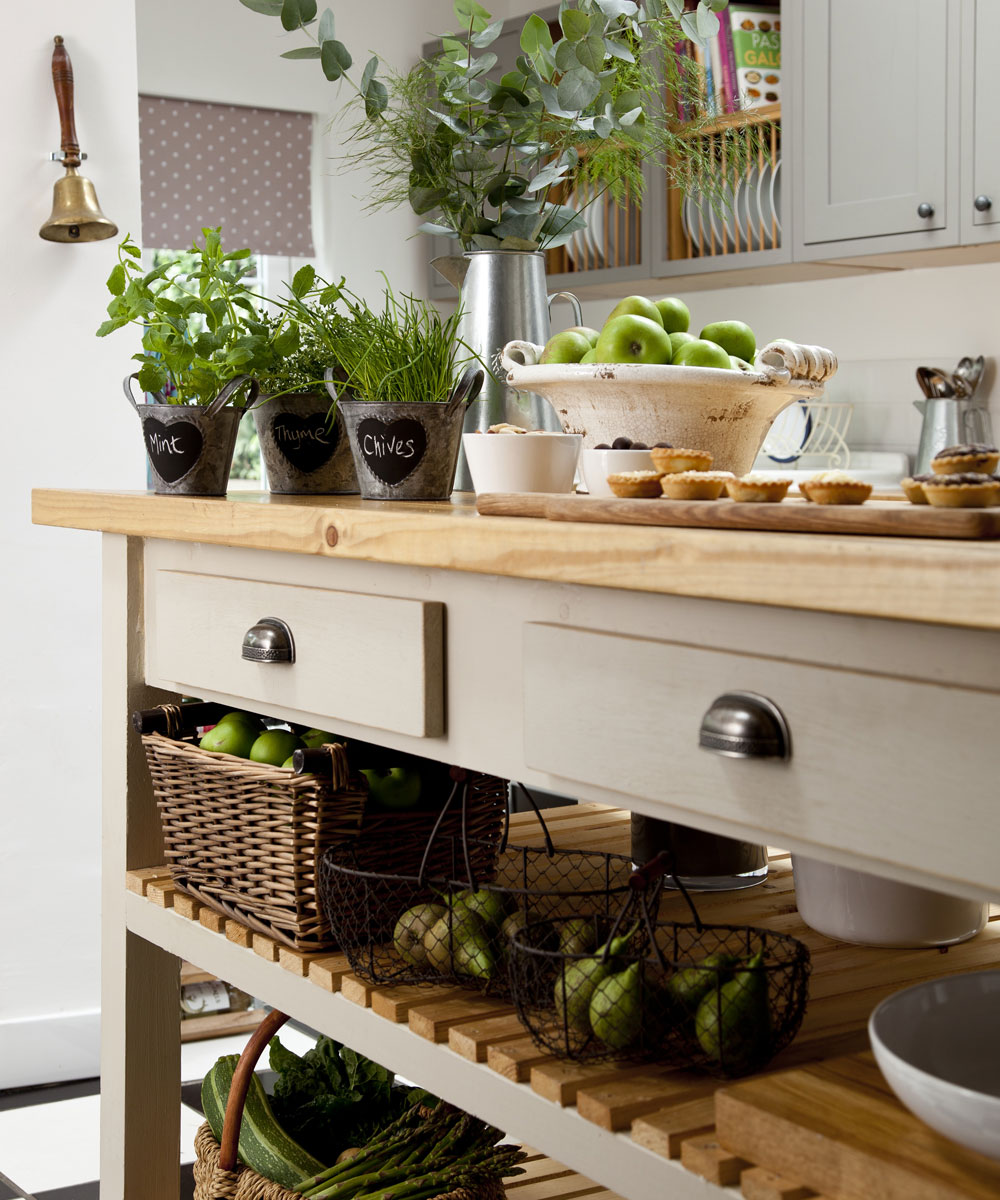
Mice aren’t big eaters, but they still need to eat. ‘Mice can survive on a mere 3g of food per day, which is approximately a few crumbs,’ says Phil. That’s why it’s incredibly important to remove all food sources if you want to keep mice out of the house.
This means cleaning up any leftovers, storing open food items in airtight containers, and making sure that any crumbs that make their way onto your kitchen counter get swept away and put in the bin.
But this isn’t just the case for human food. If you have pets, try to avoid leaving pet food on the floor, as this is a surefire way to invite some unwanted critters into your home.
4. Dispose of recycling
You’ve probably already brought some impressive kitchen bin ideas to life, but are you on top of your recycling game? If you’re worried about getting mice in your house, disposing of your recycling in the proper manner is a quick and easy fix that should keep them at bay.
Walter Murphy, pest control expert at PriceYourJob.co.uk says, ‘Mice will chew through materials such as paper, cardboard, and plastic to create nests. With this in mind, make sure you’re disposing of all recycling materials as soon as possible.’
To do this properly, aim to use recycling bins or stations that have lids. After all, leaving your recycling open to the elements will just give mice a better chance of stealing these materials for their nests.
5. Tidy up your garden
Although it may sound counterintuitive to focus on the outside of your home when trying to stop mice from going inside your home, tidying up your garden can be a great way to deter any potential pests.
That’s because mice will often make nests in piles of leaves, grass cuttings, or particularly bushy plants or trees. If these things are close to your home, they’ll then normally migrate inside when the weather gets colder.
By removing foliage and cutting back these potential nest areas, you can then keep them further away from your home - decreasing the chances of them squeezing into your home in the winter.
6. Use peppermint oil
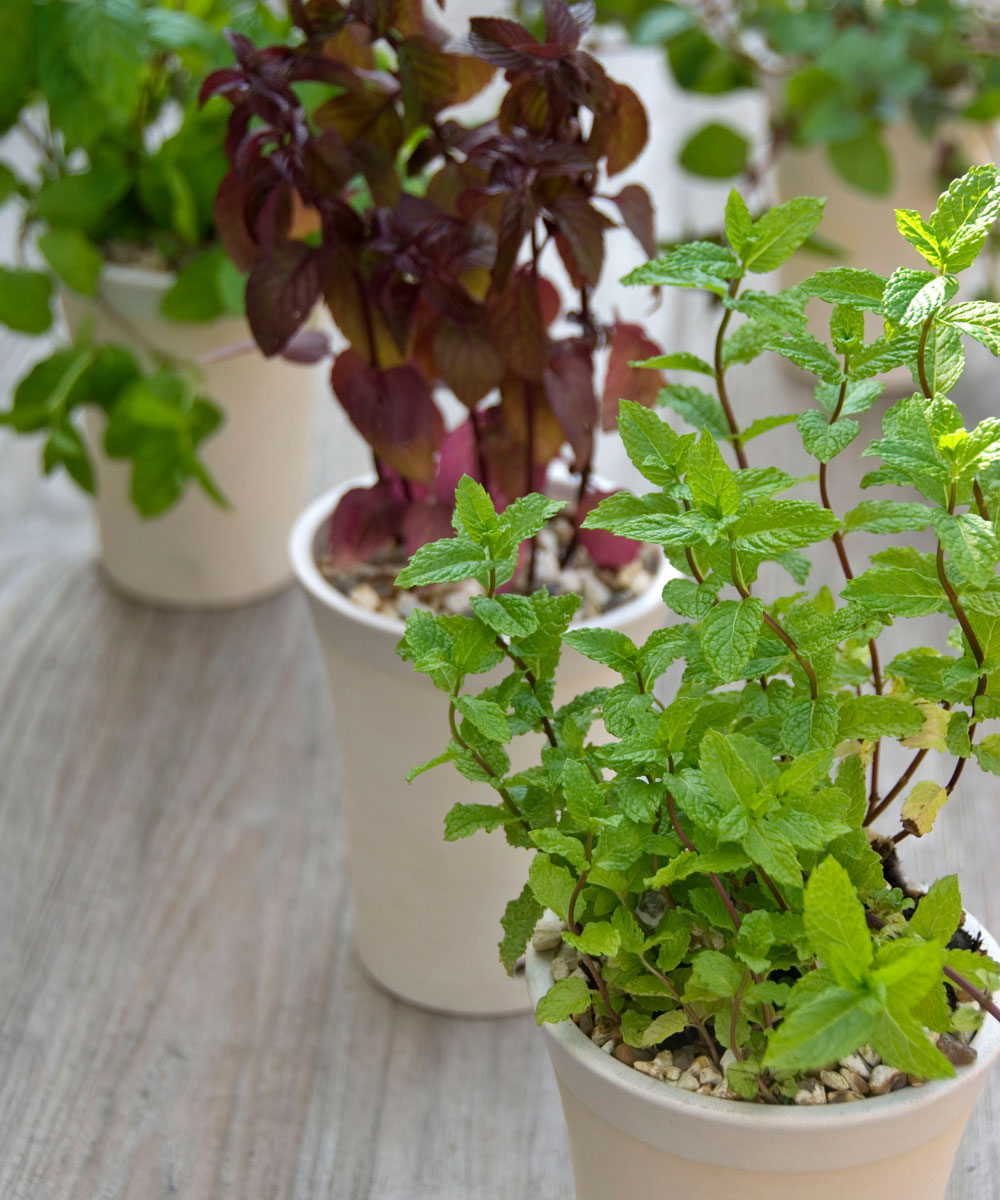
One thing you might not know about mice is that they really hate the smell of peppermint. Not only that, but the overpowering nature of peppermint also masks the scent of potential food. This makes it a great tool if you’re trying to keep mice out of the house.
To use peppermint to your advantage, splash a few drops of peppermint oil onto some cotton wool balls and place them anywhere that would be a nice little hidey-hole for a mouse. Think about areas such as dark cupboards, doorways, or under kitchen cabinets. With these in place, you should put off any unwanted visitors.
However, if you want to use this as a long-lasting option, you’ll have to replace the peppermint balls every week.
7. Get a cat
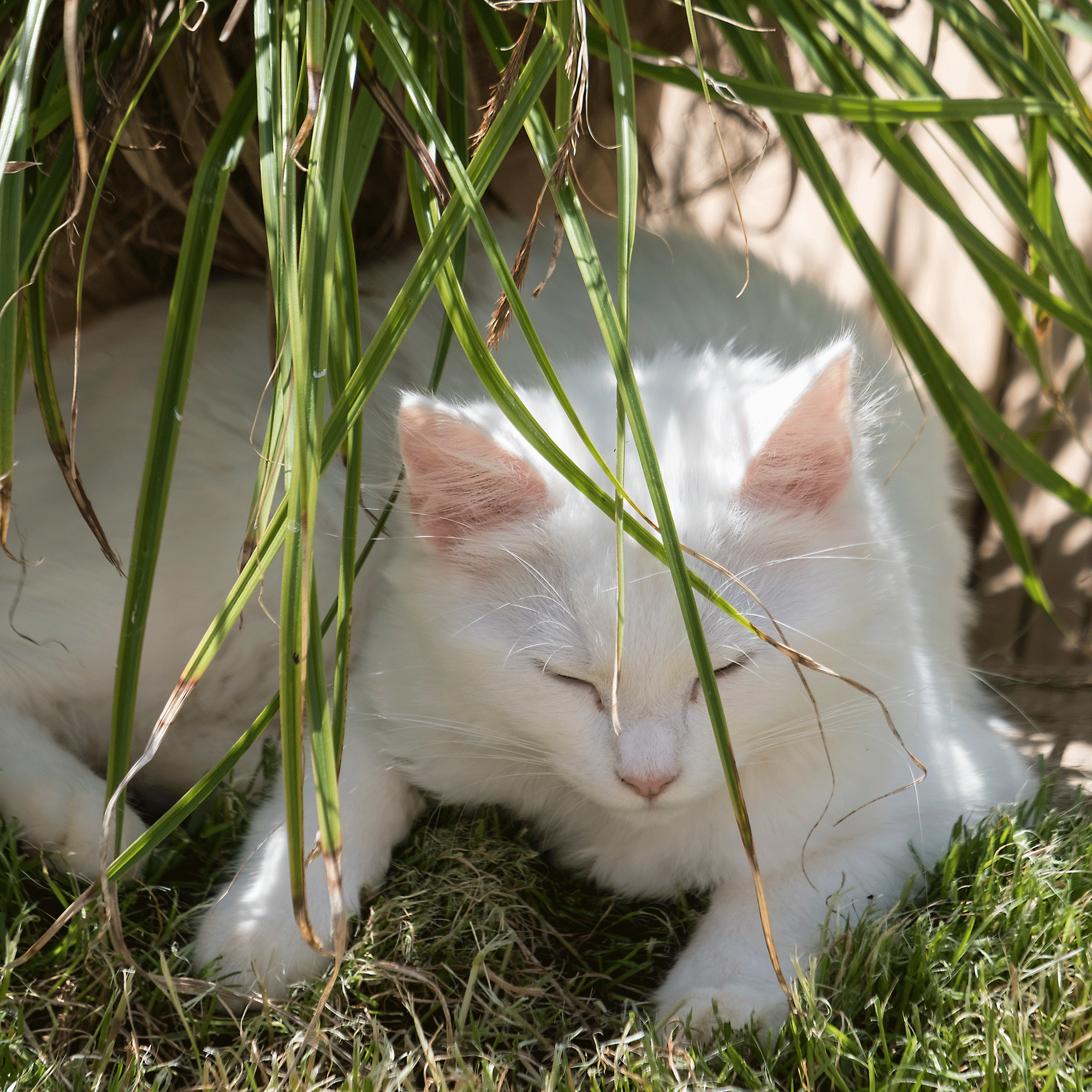
We know this isn’t an option for everyone - but if you were already thinking of getting a cat and you’re worried about mice in your house, this could be the kick up the butt you needed to add a kitty to your family.
After all, cats are natural pest controllers, and they’re particularly fond of catching mice. And while some will eat them, others just like to bring them to your attention so that you can dispose of them yourselves.
More than anything, though, cats are great deterrents for mice. And if it senses a cat in the house, it’s probably not going to enter. This makes your job a whole lot easier.
FAQs
What gets rid of mice fastest?
The fastest way to get rid of mice is to use mouse traps. But it’s always a good idea to use humane bucket traps, as these won’t kill the animals in the process.
All you have to do is lure them in with some peanut butter and then take the trap outside your home (but fairly far away so they don’t come pitter-pattering back) before releasing them again.
Of course, if you’re feeling overwhelmed by the presence of mice in your house, you might want to call a professional to help you.
What smells will keep mice away?
Mice have a particularly sensitive sense of smell, which is something you can take advantage of if you have a mouse problem in your house. You can keep them at bay using the likes of ammonia, vinegar, citrus, peppermint oil, and cinnamon.
In most cases, you can simply drop essential oils onto cotton wool balls and place them strategically around your house to keep mice away. For the likes of cinnamon, though, you could make your own cinnamon and water concoction.
Jennifer is the Deputy Editor (Digital) for Homes & Gardens online. Prior to her current position, she completed various short courses a KLC Design School, and wrote across sister brands Ideal Home, LivingEtc, 25 Beautiful Homes, Country Homes & Interiors, and Style at Home.